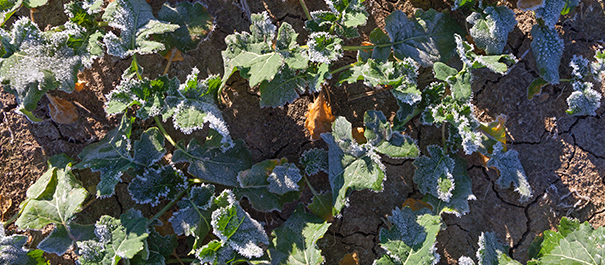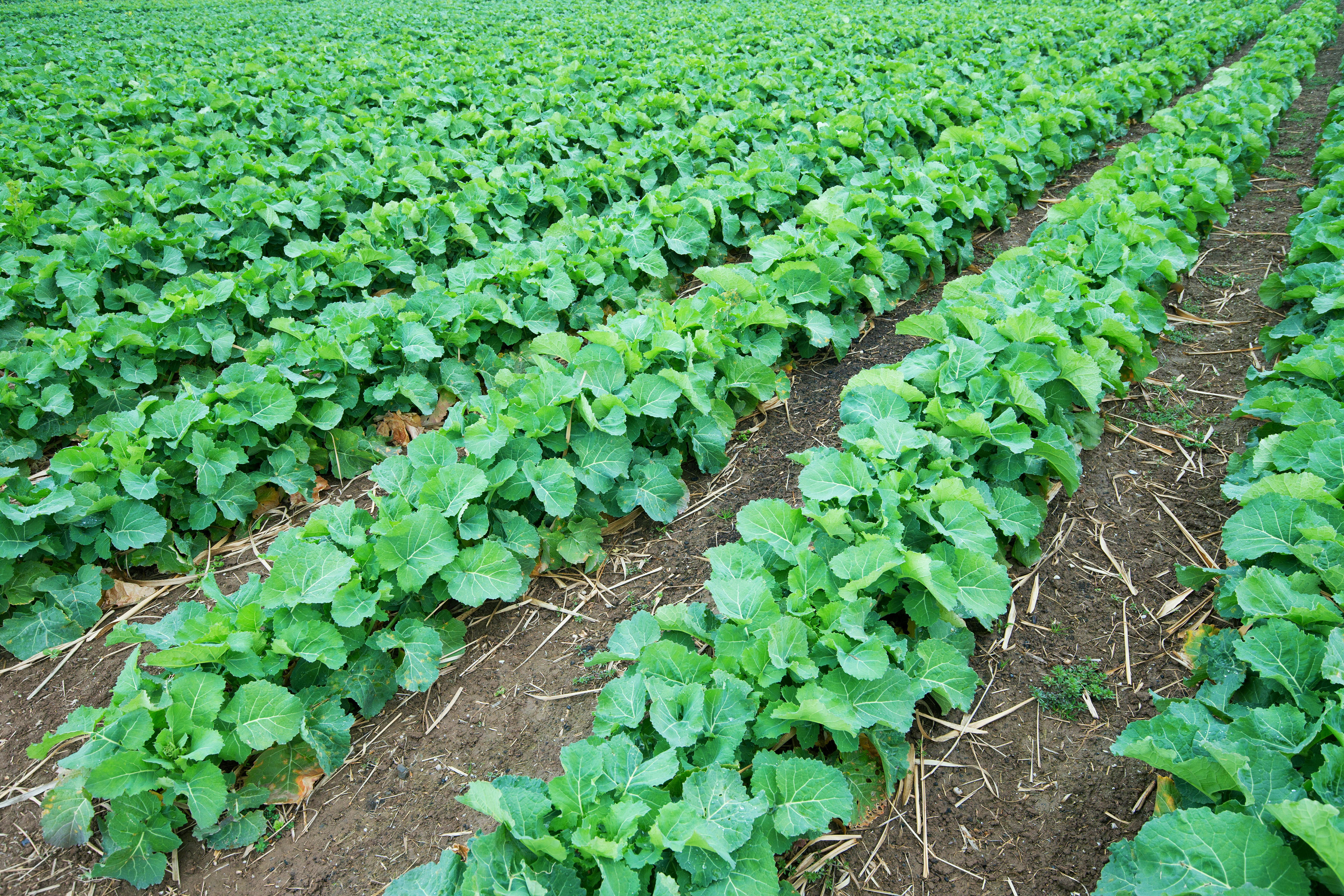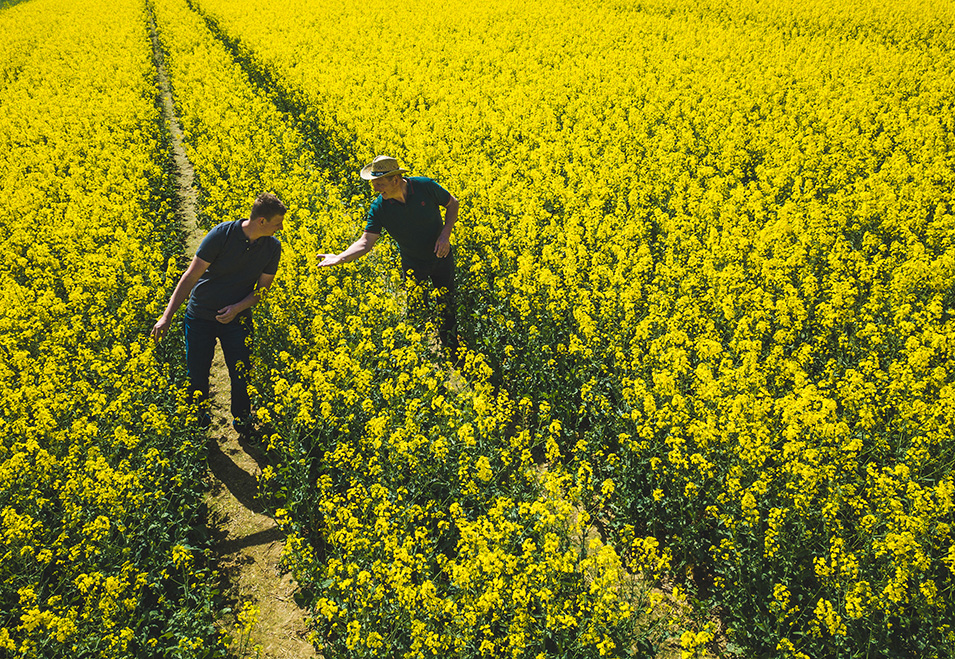Merci !
Nous avons bien reçu votre demande d'inscription et nous vous enverrons un e-mail dans les plus brefs délais, pour confirmer votre adresse e-mail.
Veuillez terminer l'enregistrement en cliquant sur le lien dans cet e-mail.
Politique de confidentialité
L’administrateur de vos données à caractère personnel est LAT Nitrogen Austria GmbH, (gdpr@lat-nitrogen.com). Les informations détaillées relatives au traitement des données à caractère personnel sont consultables dans notre politique de confidentialité. Ces informations vous seront également communiquées dans l’e-mail de confirmation d’inscription à notre newsletter.
Veuillez confirmer que vous avez lu et accepté notre politique de confidentialité et nos conditions générales d'utilisation avant de continuer.
Comment pouvons-nous encore vous aider ?
Nous serions heureux de vous envoyer par e-mail des informations sur nos activités, nos meilleures offres et actualités relatives à nos produits et services. Nous traiterons vos données à caractère personnel avec le plus grand soin. Nous ne vendrons jamais vos données à des parties tierces. En cochant les cases ci-dessous, vous confirmez votre accord pour recevoir des communications à des fins de marketing de la part de LAT Nitrogen Austria GmbH.
Vous pouvez changer d’avis à tout moment en cliquant sur le lien pour vous désabonner au bas de notre newsletter ou dans tout autre e-mail que vous recevez de notre part, ou en nous contactant à l’adresse gdpr@lat-nitrogen.com.
Merci !
Nous avons bien reçu votre demande d'inscription et nous vous enverrons un e-mail dans les plus brefs délais, pour confirmer votre adresse e-mail.
Veuillez terminer l'enregistrement en cliquant sur le lien dans cet e-mail.
L'inscription a échoué.
Votre e-mail est déjà enregistré
ou il y a eu une erreur de serveur.







La réussite de la culture de colza passe par un bon semis et une bonne levée. Un lit de semence fin, une densité de semis optimale (40-60 grains/m²), la bonne date de semis (entre le 15 août et le 10 septembre) sont les éléments clés pour un bon démarrage de la culture.
Les variétés hybrides ont tendance à être semées plus finement (40 grains/m²). Plusieurs facteurs déterminent l’obtention d'un rendement optimal. La rotation des cultures, la densité de semis, la capacité d’enracinement du sol (le colza souffre particulièrement du tassement du sol) ainsi que des quantités de nutriments et une répartition des précipitations optimales sont également des facteurs importants. Afin d’obtenir des rendements élevés, la protection des colzas est particulièrement importante.
En raison de la longue période de végétation et la formation importante de biomasse, le colza absorbe de grandes quantités de nutriments qui doivent être fournis par le sol et les engrais. Le besoin nutritionnel pour la croissance est nettement plus élevé que l'exportation de la récolte. L'épandage de fumier est habituellement réalisé avant la culture et l'utilisation d’engrais minéral rapidement soluble intervient à partir du stade 4 feuilles.
La « privation » au début de la croissance favorise la formation de la racine pivotante du colza. Pour les valeurs de pH et les températures plus basses au printemps, une carence devient rapidement visible par une coloration violette des feuilles due au compactage et à la saturation en eau du sol.
Un nutriment majeur clé pour le colza est le soufre. 1 kg de soufre (2,5 kg SO3) influe sur la conversion de 10 kg d’azote. Sa carence provoque souvent de graves infestations qui s’alimentent sur les composés protéiques alors incomplets.
L'utilisation d'un engrais NPK avec dy soufre au 1er premier apport au printemps est idéal. Le colza peux également nécessiter un chaulage en terre acide, la chaux vive (au pH faible) ou la chaux mélangée (à pH légèrement acide) se sont appropriées pour la culture. Les engrais chaulés contenant du soufre (par exemple, gypse ou carbonate de chaux avec soufre) sont également adaptés au printemps.
(unité/t de récolte)
(unité/t de récolte)
N
70
43
Très sensible
P2O5
14.6
12.5
Sensible
K2O
25.1
8.5
Très sensible
MgO
4.3
3.5
Sensible
SO3
18
7.1
Très sensible
TE
500 à 1000 g/ha de bore (B), divisés et associés aux pesticides en automne et au printemps ; 15 à 25 g/ha de molybdène (Mo)
Le tableau montre l’assimilation et l’exportation par tonne de colza récoltée. Selon ce tableau, le colza a principalement besoin d’azote, de potassium et de soufre. Le phosphore et le magnésium doivent également être présents en quantités adaptées.
Exemple : une récolte de colza de 4 t/ha absorbe au total 280 kg N/ha. Si une certaine quantité d'azote est fourni par le sol (par exemple, 60 kg N/ha), 220 kg N/ha doivent être ajoutés au moyen d'engrais. 172 kg N/ha seront exportés du terrain par les rendements récoltés.
Le colza a besoin de ses nutriments par étapes. Par conséquent un dosage sur au moins trois périodes a du sens.
Le colza constitue son rendement à partir de plants individuels à fortes racines, d’une croissance automnale optimale et pas trop abondante (> 1 cm de diamètre au collet et 8 à 12 feuilles), d’une croissance ininterrompue et luxuriante au printemps, et d’un apport harmonieux en nutriments et en eau du début de la floraison à la fin de la maturité.
Composantes du rendement du colza
-Nombre de plants/m²
-Nombre de siliques/plant
-Nombre de graines/silique
- Poids de mille grains (PMG)
Fertilisation d’automne :
En automne, les besoins en azote du colza sont faibles et les apports du sol sont souvent suffisants, aucune fertilisation azotée n’est nécessaire, sauf dans certains cas : si les résidus de récolte du précédent cultural doivent encore être décomposés, le sol ne peut pas fournir assez d’azote ou en cas de pression importante de parasites, un engrais NP ou NPK peut être appliqué localement ou en plein pour promouvoir une croissance rapide du colza et le rendre plus robuste contre ses bioagresseurs. (Consulter les réglementations régionales). Toutes les composantes du rendement (fleurs dans les rameaux latéraux) sont déjà créés à l'automne. Dans le cas idéal, la plante compte 8 à 12 feuilles avant la saison hivernale et a une forte racine pivotante (> 1 cm de diamètre au collet), conçue comme organe de régénération pour démarrer la croissance au printemps le plus tôt possible. Une bonne résistance hivernale est également garantie par un apport suffisant de potassium. Un apport de lisier ou une application d’engrais minéral trop importante entrainent une croissance excessive, ce qui conduit à la montaison du colza et une plus faible résistance hivernal
Fertilisation de printemps :
La stratégie de fractionnement au printemps dépend de la dose d’azote totale à appliquer selon la biomasse du colza (mesurée par le N-Pilot®, au début et en fin d’hiver), le rendement potentiel de la parcelle, le type de sol, l’apport de produits organiques et le précédent cultural. Fractionnement
Première application

Deuxième application

Troisième application

La première dose à la reprise de végétation sert à régénérer la rosette de feuilles et favorise les feuilles déjà créées ainsi que les bourgeons sur le cône de végétation. Outre la formation des boutons floraux sur les rameaux latéraux, elle favorise la montaison du rameau principal et la ramification des plantes. Les plantes sous-développés ayant moins de six feuilles nécessitent une fertilisation plus, alors que les plantes vigoureusement développés ont déjà assimilé davantage de nutriments à l’automne et sont donc légèrement moins fertilisés.
Comme première application, un engrais NPK ou N avec soufre est recommandé pour assurer un bon démarrage de végétation avec une des apports de P&K adapté conformément au calcul COMIFER. Pour S, 30 unités/ha (75 unités SO3/ha) sont habituellement recommandées. Un peuplement de 30 plants/m², ayant 12 feuilles et un diamètre de collet de 15 mm, a déjà absorbé 100 à 130 kg N/ha, alors que des plants à 8 feuilles et un diamètre de collet de 10 mm ont absorbé environ 40 à 50 kg N/ha pour la même densité.
Une deuxième fertilisation de printemps à lieu au début de l'élongation. Elle favorise la croissance en longueur des rameaux latéraux. Cela assure l'apport en azote à la fleur et la fructification suivante, afin d’obtenir une bonne formation des silliques et des graines. Jusqu’à la floraison, le colza absorbe environ 75 % de la quantité totale d’azote. Le deuxième apport doit être apporté avant l'apparition des boutons floraux : les plantes font alors 15 à 25 cm de hauteur. Le niveau de fertilisation azotée dépend de la quantité déja apportée. Un apport suffisant en potassium est également très important, les plants assimilent alors quotidiennement jusqu’à 7 kg/ha de potassium.
Jusqu’à 3 applications en cas de besoin en azote élevé (>170 kg N/ha) . En cas d’apport élevé en azote ou de première application tardive la dernière application d’azote peut être réalisée jusqu’au stade des boutons floraux séparés.
LAT Nitrogen France Services S.A.S.
Tour Ciel, 20 Ter Rue de Bezons,
92400 Courbevoie, France